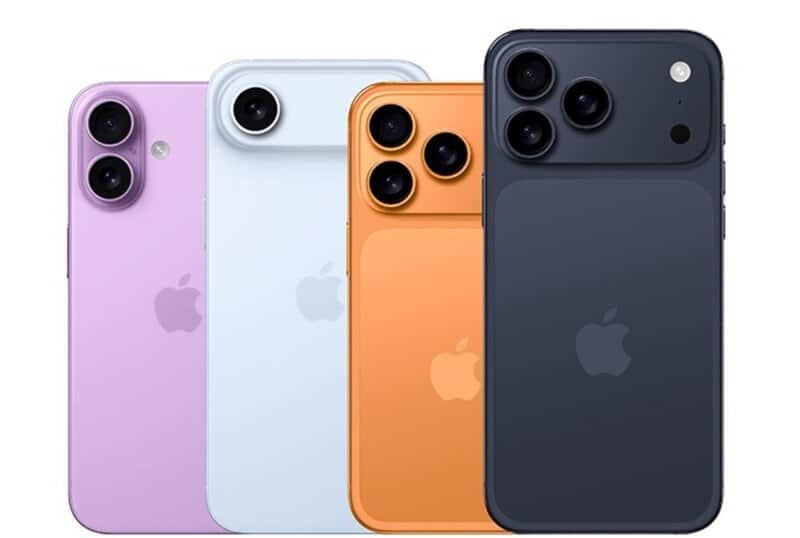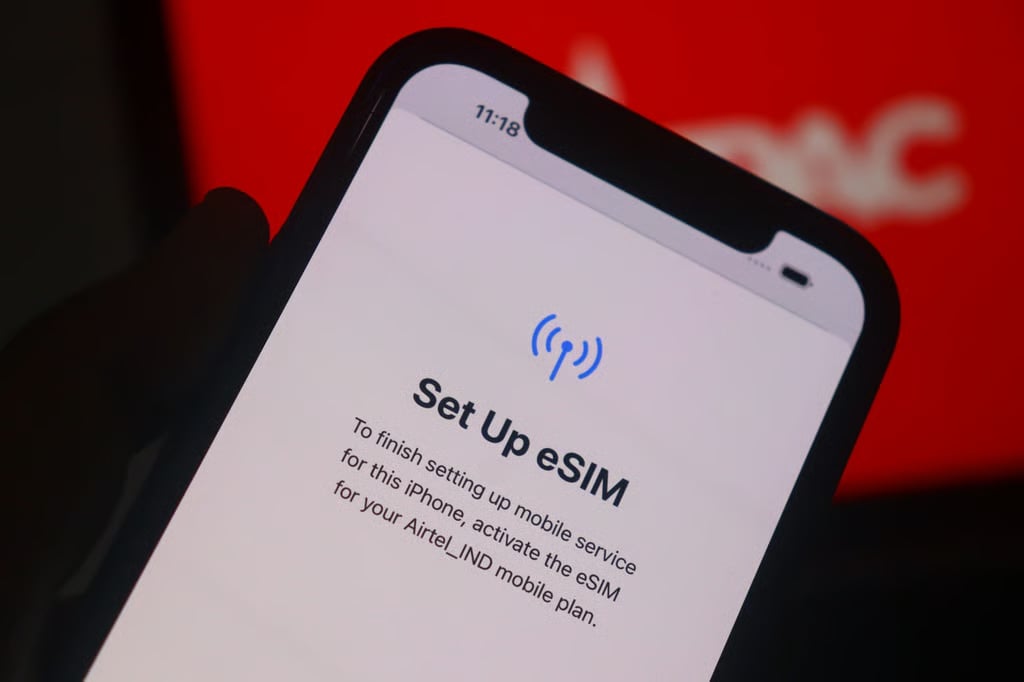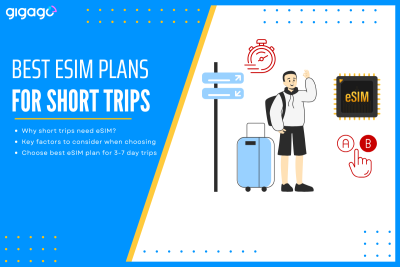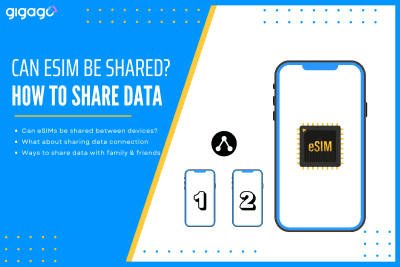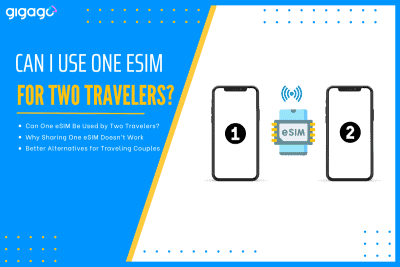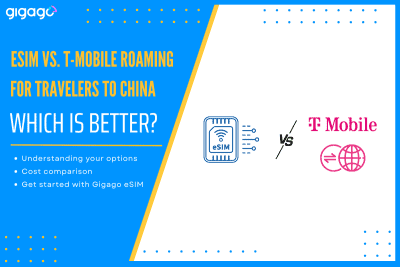As eSIM technology becomes the new standard for international travel, many users wonder: “Does eSIM Require Special Apps to Install?”. If you are planning a trip and considering a travel eSIM, the technical side might seem a bit mysterious. This guide will clarify whether you truly need extra software just to stay connected with an […]
iPhone 17 eSIM China Compatibility: What Travelers Need to Know
Apple’s iPhone 17 line is the first to bring mainstream eSIM capability to mainland-China models. The change is welcome, yet the rollout is limited and governed by strict local rules. Recent developments indicate that China’s eSIM rollout will not align with the global launch timeline, creating uncertainty for travelers who need reliable connectivity when visiting China. For travelers who rely on seamless connectivity in China, understanding the current state of iPhone 17 eSIM China support is crucial for planning successful trips.
This guide explains the current status, shows which carriers and devices are eligible, and tells international visitors what to expect when they land.

In this article
I. iPhone 17 eSIM Support in China: The Current Situation
The launch of iPhone 17 eSIM services in China faces significant delays that directly impact when travelers can expect full functionality from their devices.
China Telecom and China Unicom have begun issuing eSIM profiles for the iPhone 17 family in September 2025. Service is still described as a “public beta” so only a few large flagship stores in major cities can switch it on, and every customer is limited to one eSIM profile.
During this test period, the carriers aim for network stability and strict ID checks. Activation must be done in person, and the profile is locked to the phone’s IMEI number. Online or do-it-yourself downloads are not offered yet.
Key Timeline Indicators:
- Infrastructure for nationwide deployment not ready for global launch
- Chinese retail staff received no eSIM training, unlike European markets
- China-specific iPhone 17 production began months after international variants
- Industry experts suggest eSIM availability unlikely until several months after September launch
Timeline Impact:
| Period | Service Status | Traveler Impact |
| Late 2025 | Limited/No eSIM functionality | Requires alternative connectivity solutions |
| Early 2026 | Gradual rollout begins | Service center visits required |
| Mid-2026+ | Mature infrastructure | Improved user experience expected |
This means travelers planning to use iPhone 17 devices in China during late 2025 should expect limited or no eSIM functionality and plan alternative connectivity solutions.
II. Does the Chinese iPhone 17 have an eSIM?
Yes, Chinese iPhone 17 models will include eSIM functionality, but practical availability differs significantly from international markets. Imported iPhone 17 units purchased outside China keep Apple’s eSIM-only design, but Chinese carriers will not issue a profile to them because the devices lack the domestic whitelist certificate.
III. China’s Unique eSIM Requirements for iPhone 17
- Every iPhone 17 sold in China must come preloaded with domestic certificates for proper integration with China’s telecommunications infrastructure.
- The device’s IMEI must appear on the Ministry of Industry and Information Technology whitelist.
- Unlike other countries where you can set up and manage your eSIM directly on your phone or through carrier apps, China requires all eSIM services to be handled through visits to official carrier systems. This means you cannot activate your eSIM, change settings, replace profiles, or recover your account on your own.
- The subscriber must show a passport plus proof of accommodation.
- Activation must be done by carrier staff who capture a facial photo and verify the foreign document through the police database.
- Only one active eSIM profile is allowed per identity number, and converting that eSIM back to a physical SIM requires a second store visit.
IV. Which models (17 / 17 Pro / 17 Air) support eSIM in China?
All iPhone 17 models will support eSIM in China, but implementation varies significantly across the lineup, with important implications for travelers choosing between models.
Model Comparison:
| Model | Connectivity Options | Traveler Suitability | Risk Level |
| iPhone 17 Air | eSIM only | Ultimate portability, no backup | High – Complete eSIM dependence |
| iPhone 17 | eSIM + Physical SIM | Flexible during transition | Low – Physical SIM backup available |
| iPhone 17 Pro | eSIM + Physical SIM | Flexible during transition | Low – Physical SIM backup available |
| iPhone 17 Pro Max | eSIM + Physical SIM | Flexible during transition | Low – Physical SIM backup available |
Domestic vs. International Units
A quick way to tell the difference is to open Settings > General > Regulatory. Chinese models display “CMIIT ID” numbers. International models do not. Carriers use this identifier to decide whether they may legally push an eSIM profile. Attempting activation on a non-Chinese model triggers an error message on the clerk’s terminal.
V. Carrier Support & Activation Rules for iPhone 17 eSIM China support
1. China Telecom
China Telecom was the first to switch on eSIM for the iPhone 17. Activation is available in roughly sixty “Business Hall” locations. China Telecom’s activation procedures will initially require visits to designated service centers in major cities, with plans to expand to smaller locations as infrastructure development progresses. It also requires subscribers to keep the eSIM active for at least 30 days before it can be cancelled.
2. China Unicom
China Unicom adopted the same identity workflow but limits eSIM issuance to Tier-1 cities such as Beijing, Shanghai, Guangzhou and Shenzhen. For travelers, China Unicom appears positioned to offer the most mature initial eSIM services, though availability will likely be limited to major urban centers initially.
3. China Mobile
Until September 2025, China Mobile, the largest operator, is still testing its provisioning platform. A public launch has been announced but no firm date is given. For now, customers must rely on a traditional dual-SIM tray when using China Mobile service.
Unlike with the complex iPhone 17 eSIM activation process required by Chinese carriers, most tourists will find it easier to install a travel eSIM, such as the Gigago China eSIM. It can be installed instantly on your iPhone 17 before you even board your flight to China.
Gigago’s China eSIM profile downloads instantly by QR code, requires no passport scan, and works on any eSIM-ready iPhone or Android phone. You can keep your home SIM active for calls while the Gigago eSIM handles data, avoiding the queue at the carrier desk altogether.
China’s eSIM rollout for the iPhone 17 represents a significant step forward for mobile connectivity, but the implementation challenges mean travelers should prepare for a transitional period with limited availability. While domestic users will eventually benefit from streamlined carrier services, international visitors face stricter requirements and geographic limitations that may complicate their connectivity plans. For the most reliable experience, travelers should consider alternative solutions like international eSIM providers until China’s infrastructure fully matures and expands beyond major cities.
